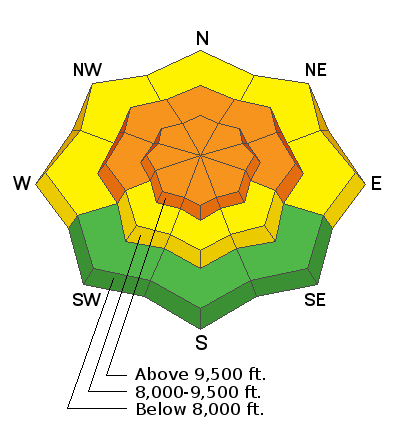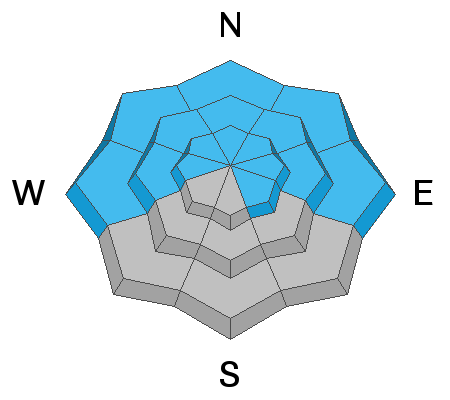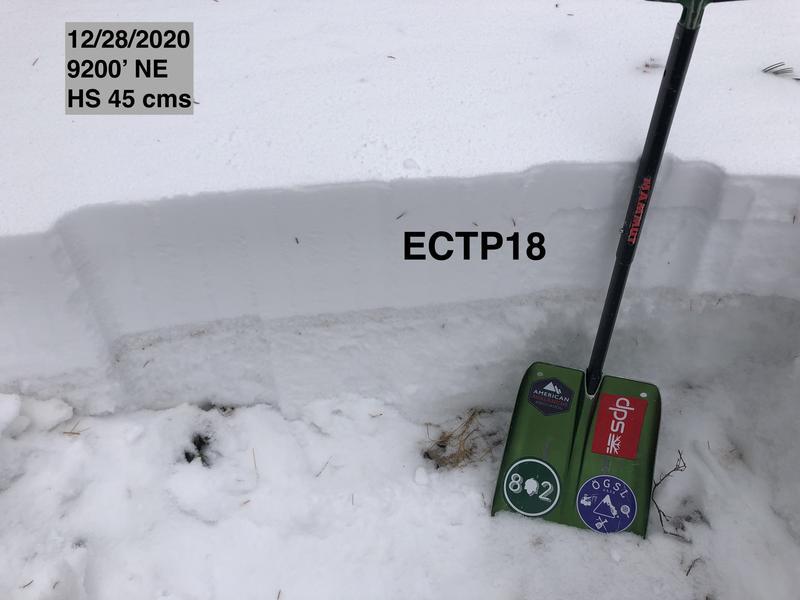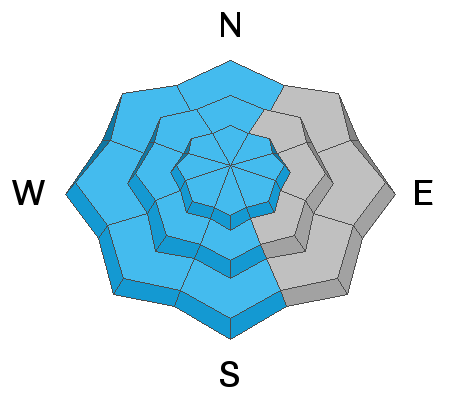Forecast for the Provo Area Mountains

Issued by Drew Hardesty on
Tuesday morning, December 29, 2020
Tuesday morning, December 29, 2020
A CONSIDERABLE danger exists on many aspects in the mid and upper elevations. Human triggered avalanches 1-2' deep are likely on, adjacent to, or below steep slopes. A MODERATE danger exists for fresh drifts of wind blown snow even at the lower elevations.

Low
Moderate
Considerable
High
Extreme
Learn how to read the forecast here









